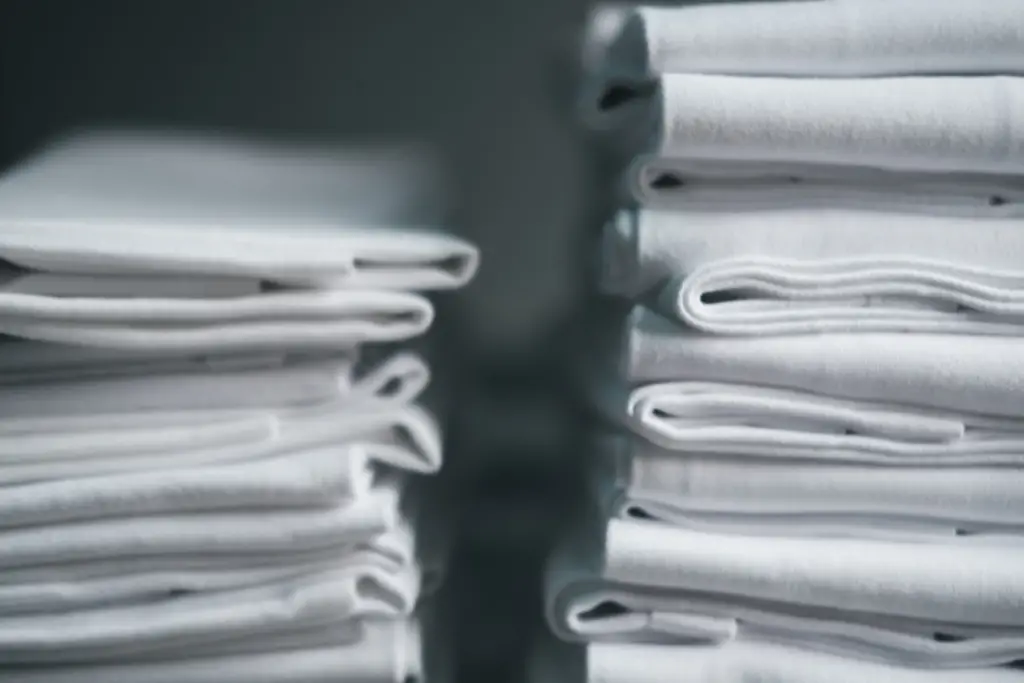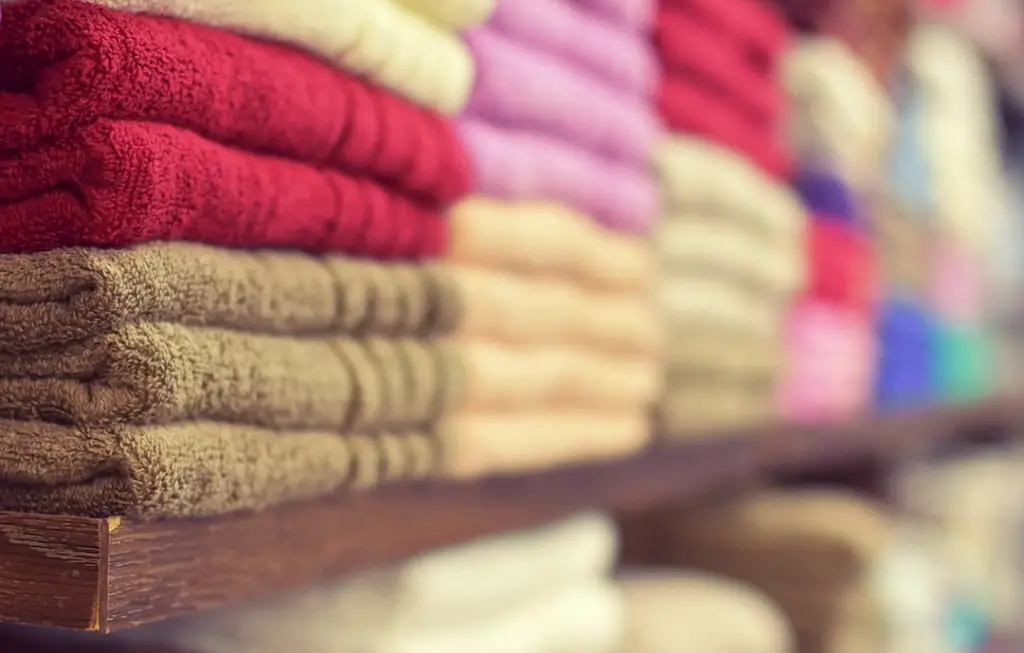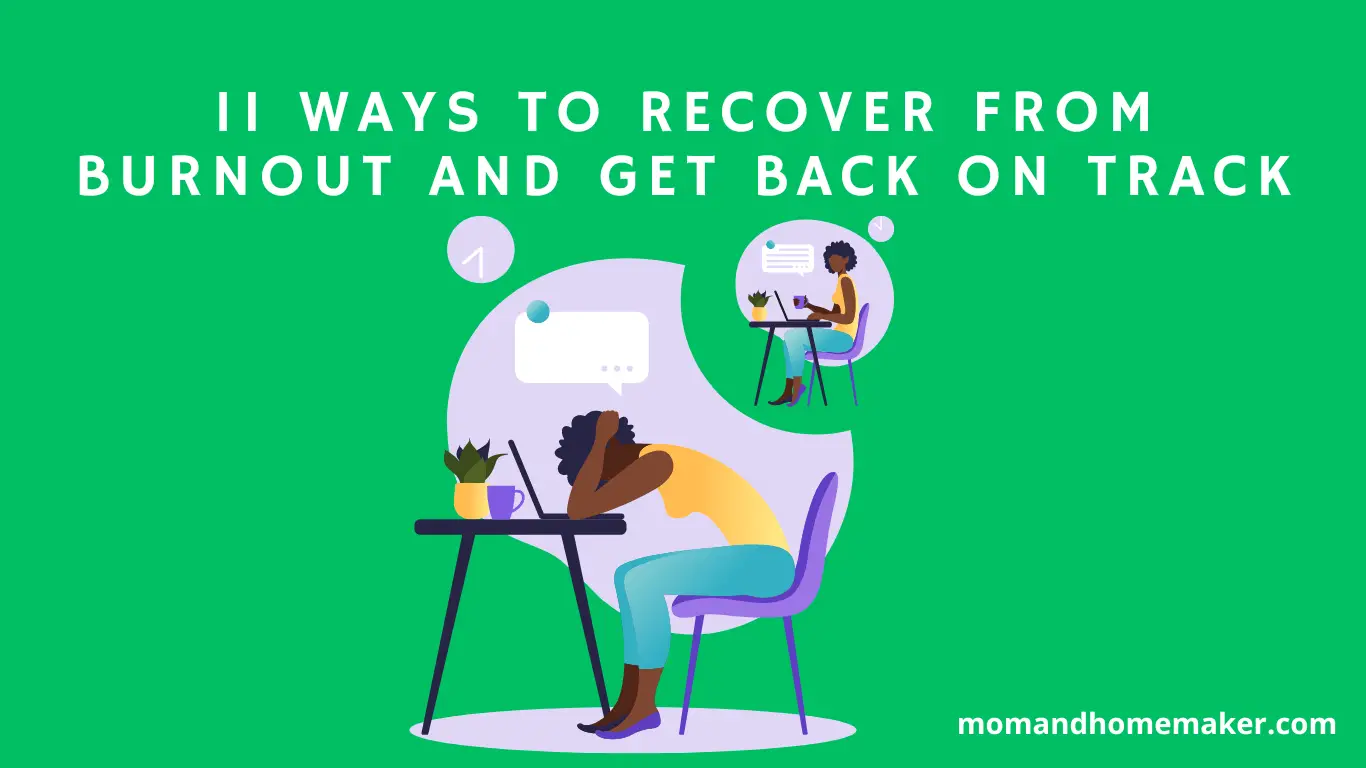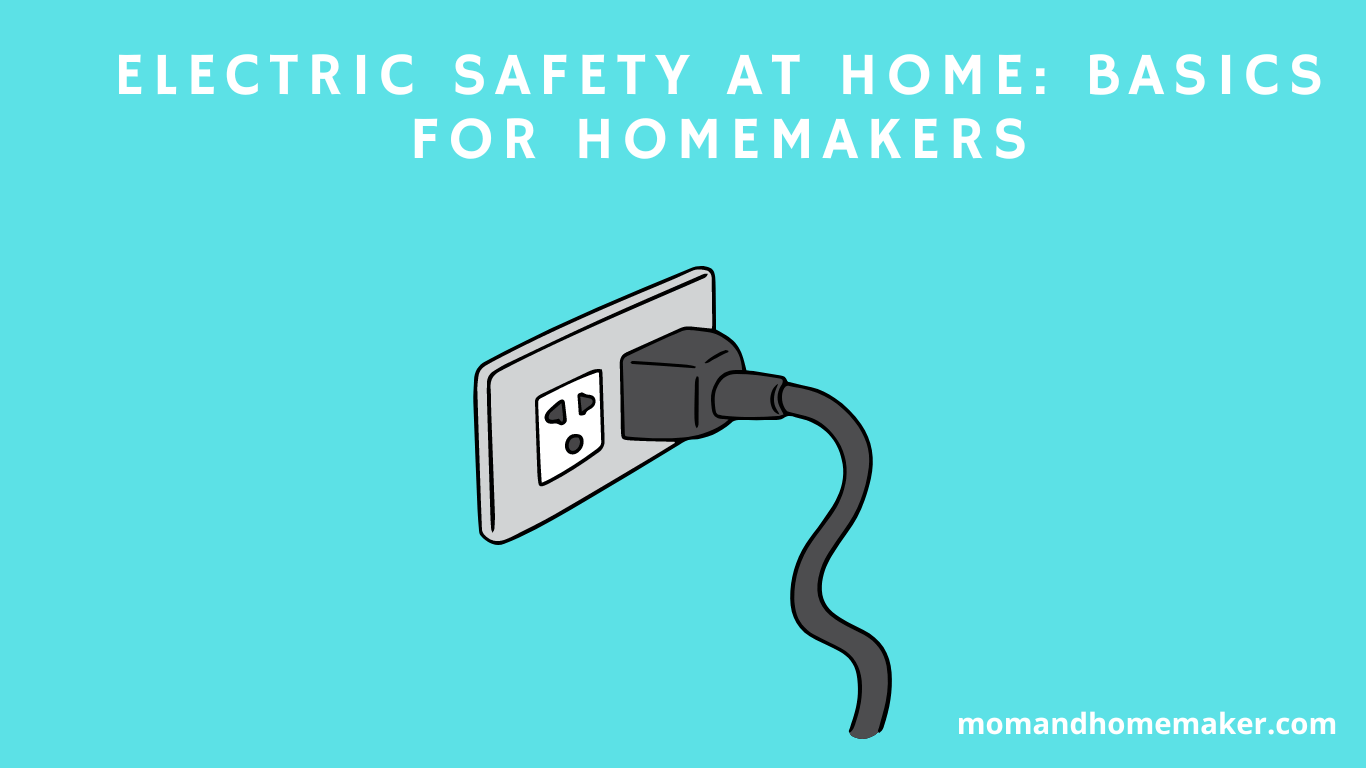Having a well-organized linen closet can make a big difference in your daily life. Not only does it save you time and frustration when searching for items, but it also helps to maximize the storage space available. Whether you have a small linen closet or a spacious one, implementing effective organizational strategies can ensure that everything is neatly arranged and easily accessible.
In this guide, we will discuss the various tips and tricks to help you organize your linen closet for optimal storage. From decluttering and categorizing items to utilizing storage solutions and maintaining order, you’ll learn how to transform your linen closet into a functional and efficient space.
With this practical advice, you’ll be able to efficiently manage your linen closet and easily find what you need when you need it.

Table of Contents
Assessing Your Linen Closet Space
You should start by measuring the dimensions of your linen closet to determine the available space. Assessing your closet space is essential in maximizing storage and creating an organized linen closet. Begin by measuring the height, width, and depth of your closet. Write down these measurements for reference later.
Take note of any existing shelves or dividers in your closet. Evaluate their condition and adjust them if necessary. Consider adding additional shelves or dividers to maximize the vertical space. Utilizing the entire height of your closet will help you make the most of the available storage space.
Once you have assessed the dimensions and existing features of your closet, it’s time to declutter. Remove all items from the closet and sort them into categories such as towels, bed sheets, blankets, and toiletries. Discard any damaged or expired items, and consider donating any unused linens to those in need.
After decluttering, it’s time to plan the layout of your linen closet. Take into account the frequency of use for each category and place frequently used items within easy reach. Use storage bins or baskets to keep similar items together and make them more accessible.
Consider utilizing the inside of the closet door for additional storage. Install hooks or hanging organizers to hang towels or robes. This will free up shelf space and maximize storage potential.
Decluttering and Purging Old Linens
Now that you’ve decluttered and purged your old linens, it’s time to focus on the necessary items and effective storage solutions for your linen closet. Take inventory of the essential linen items you need, such as bed sheets, towels, and tablecloths. Then, explore practical storage solutions like shelf dividers, labeled bins, and hanging organizers to maximize the space in your linen closet and keep everything easily accessible.
Necessary Linen Items
In your linen closet, it’s important to have all the necessary items such as towels, sheets, and pillowcases. To ensure you’re prepared for any situation, here are four essential items you should have:
- Bath towels: These are a must for drying off after a shower or bath. Consider having a few extra for guests or emergencies.
- Bed sheets: Having a variety of bed sheets in different sizes and materials is essential for a comfortable night’s sleep. Make sure to include fitted sheets, flat sheets, and pillowcases.
- Blankets: Whether it’s a cozy fleece blanket for colder nights or a lightweight throw for summer, having a selection of blankets will keep you prepared for any temperature.
- Tablecloths and napkins: For those special occasions or family gatherings, having tablecloths and cloth napkins adds an elegant touch to your dining experience.
Effective Storage Solutions
To maximize space and keep your linens easily accessible, consider using vacuum-sealed bags or clear storage bins. These storage hacks will help you make the most of your linen closet and keep everything organized.
Vacuum-sealed bags are great for compressing bulky items like comforters and blankets, allowing you to save valuable space. Clear storage bins are another creative solution that enables you to see what’s inside at a glance, making it easy to find the linens you need.
Sorting Linens by Type and Purpose
Start by gathering all your linens and categorizing them based on type and purpose. This step is crucial in assessing storage needs and decluttering your linen closet effectively.
Here are four items to consider when sorting your linens:
- Bed Sheets: Separate your bed sheets by size (twin, queen, king) and material (cotton, linen, microfiber). Fold them neatly and place them in designated storage containers or on labeled shelves.
- Towels: Divide your towels into categories such as bath towels, hand towels, and washcloths. Consider organizing them by color or by family member to make it easier to find what you need. Roll or fold them uniformly and stack them neatly on shelves or in baskets.
- Blankets and Throws: Sort your blankets and throws by weight or seasonality. Keep lightweight blankets together for warmer months and heavier ones for colder seasons. Fold them neatly and store them in vacuum-sealed bags or stack them on shelves.
- Table Linens: Separate your tablecloths, napkins, and placemats. Group them by occasion or color scheme to make setting the table a breeze. Fold or roll them neatly and store them in labeled bins or on designated shelves.
By categorizing your linens based on type and purpose, you will create a more organized and functional linen closet. This will not only make it easier for you to find what you need but also allow you to serve others more efficiently.
Remember to regularly assess your storage needs and declutter any linens that are worn out or no longer serve a purpose. With a well-organized linen closet, you can effortlessly provide comfort and hospitality to your family and guests.
Choosing the Right Storage Solutions
When it comes to organizing your linen closet, you may be wondering whether it’s better to use shelves or drawers. Consider your specific needs and the types of linens you have.
Shelves allow for easy visibility and access, while drawers provide a neat and tidy appearance. Additionally, using baskets or bins can further enhance organization by separating different categories of linens and keeping them contained.
Shelf Vs. Drawer
The shelf is a better option for storing towels and linens. Here’s why:
- Visibility: When you stack towels and linens on a shelf, you can easily see what you have. No more digging through drawers to find the right towel.
- Accessibility: With shelves, you can neatly fold and stack your towels and linens, making them easily accessible whenever you need them. No more struggling to open a drawer or untangling items.
- Air circulation: Shelves allow for better air circulation, preventing musty smells and mildew from forming on your towels and linens. Your linens will stay fresh and ready to use.
- Utilization of space: By using shelves, you can maximize the vertical space in your linen closet. This means more room for additional storage or other items.
Overall, opting for shelf organization over drawer organization will make your linen closet more efficient and user-friendly. You’ll have a well-organized space where everything is within reach, making your daily routine smoother and more enjoyable.
Baskets or Bins?
If you’re looking for an easy way to keep your towels and linens organized, baskets or bins are a great option. Baskets provide a rustic and charming look to your linen closet, while bins offer a more modern and streamlined appearance.
One advantage of using baskets is that they allow for better air circulation, preventing any musty smells from developing. They also make it easier to grab and go, as you can simply lift the basket out instead of rummaging through shelves. However, baskets can take up more space compared to shelves, especially if you have limited room in your closet.
On the other hand, shelves provide a neat and tidy storage solution, maximizing the vertical space in your closet. They are also more cost-effective compared to purchasing multiple baskets. The choice between baskets and shelves depends on your personal preference and the available space in your linen closet.
Folding and Organizing Bed Sheets

To fold and organize your bed sheets efficiently, start by matching the corners of the fitted sheet. This will ensure a neat and tidy appearance in your linen closet.
Here are four folding techniques and tips to help you organize your bed sheets and pillowcases:
- Fold the fitted sheet: Lay the sheet flat on a clean surface and fold it in half, matching the corners. Then, fold it in half again so that all the elastic edges are tucked inside. Smooth out any wrinkles and fold it into a compact rectangle.
- Fold the flat sheet: Lay the sheet flat and fold it in half lengthwise. Smooth out any wrinkles and fold it in half again. If the sheet is too large, you can fold it into thirds or quarters for easier storage.
- Fold the pillowcases: Lay the pillowcase flat and fold it in half lengthwise. Then, fold it in half again so that the open end is tucked inside. Smooth out any wrinkles and fold it into a small rectangle.
- Group and store: Once all your sheets and pillowcases are folded, group them by size and stack them together. You can use dividers or labels to separate different sizes or colors. Store them in a designated shelf or drawer in your linen closet for easy access.
By following these folding techniques and organizing your pillowcases, you’ll be able to create a well-organized linen closet that is not only visually pleasing but also convenient to use. So, go ahead and tackle that linen closet with confidence, knowing that your bed sheets and pillowcases are neatly folded and organized.
Storing Pillowcases and Shams Effectively
When it comes to storing pillowcases and shams effectively, there are a few key points to keep in mind. Mastering the art of folding techniques for pillowcases can save you a lot of space in your linen closet.
Utilizing vertical space by stacking your folded pillowcases can help maximize storage capacity. And lastly, categorizing your pillowcases by color can make it easier to find and match them when you need them.
Folding Techniques for Pillowcases
Now, you’ll want to start by folding your pillowcases in half lengthwise. Here are four techniques to help you fold your pillowcases neatly and efficiently:
- Lay the pillowcase flat on a clean surface, with the open end facing away from you.
- Fold the pillowcase in half lengthwise, matching the open end to the closed end.
- Smooth out any wrinkles or creases with your hands.
- Fold the pillowcase in half again, this time bringing the closed end to meet the open end.
By following these folding techniques, you can easily organize your pillowcases and maximize space in your linen closet. Neatly folded pillowcases not only look tidy but also make it easier to find the matching set when you need them.
With these simple steps, you’ll have a perfectly folded pillowcase ready to be stored or displayed.
Utilizing Vertical Space
Now that you’ve mastered the art of folding pillowcases, let’s move on to utilizing vertical space in your linen closet.
Vertical storage is a game-changer when it comes to maximizing your storage capacity. Instead of leaving empty spaces on your shelves, consider adding hanging shelves or hooks to take advantage of the vertical space.
These space-saving techniques will allow you to store more linens without taking up too much room. Hang your towels, bed sheets, and even extra blankets on the hooks or shelves.
By doing so, you’ll create a more organized and efficient linen closet. Just imagine how much easier it will be to find what you need when everything is neatly hung and easily accessible.
Categorizing by Color
To create a visually appealing linen closet, try categorizing your linens by color. This simple organizing technique not only makes it easier to find what you need but also adds a pop of color to your storage space.
Here are four practical tips for color-coordinating your linens:
- Sort your linens into piles based on their color. This will help you see how many linens you have in each shade and make it easier to create a cohesive look.
- Use clear storage bins or baskets to separate and store each color group. This will keep your linens organized and protected from dust and other potential damage.
- Fold your linens using a uniform folding technique to create a neat and tidy appearance. This will make it easier to stack and store them in your color-coordinated bins.
- Label each storage bin or basket with the corresponding color, so you can quickly identify and access your linens when needed.
Maximizing Towel Storage and Accessibility

You can easily maximize towel storage and accessibility in your linen closet by using clever towel folding techniques and storage hacks.
Let’s talk about towel-folding techniques. One popular method is the KonMari fold, which involves folding towels into thirds and then in half to create a neat, compact shape. This technique saves space and makes it easier to stack towels vertically, allowing you to fit more towels in your closet. Another technique is the roll-and-tuck method. Simply roll your towels tightly and then tuck them into a basket or shelf. This method saves space and allows you to easily see and access each towel.
Now, let’s discuss towel storage hacks to further maximize your linen closet. One useful hack is to install towel bars or hooks on the inside of your closet door. This allows you to hang towels and create additional storage space. You can also use over-the-door towel racks or hanging organizers to store towels and other linens. These solutions are practical and efficient, ensuring that your towels are easily accessible whenever you need them.
Organizing Blankets and Throws

When it comes to organizing your blankets and throws, you might be wondering whether it’s better to fold or roll them. In this discussion, we will explore the pros and cons of each method and help you decide which one works best for your space and preferences. We will discuss hanging options for larger blankets and how utilizing shelf dividers can maximize your storage potential.
Fold Vs Roll
Start by considering whether it’s more efficient to fold or roll your linens for optimal storage in your linen closet. Here are four reasons why rolling your linens can help you maximize space:
- Save space: Rolling your linens allows you to stack them vertically, saving valuable space in your linen closet. This method is especially useful for smaller closets or limited storage areas.
- Easy access: When you roll your linens, you can easily see and access each item without disrupting the entire stack. This makes it convenient to grab what you need without creating a messy pile.
- Prevent wrinkles: Rolling your linens helps prevent deep creases and wrinkles that can occur when folding them. This way, your linens will stay fresh and ready to use.
- Neat and organized: Rolled linens create a neat and organized appearance in your linen closet. They give a uniform and tidy look, making it easier to find what you need when you need it.
Hanging Options
Now that you’ve decided whether to fold or roll your linens, let’s explore the hanging options for your linen closet. Hanging your linens can be a great way to maximize space and keep them wrinkle-free.
Consider using these organizing accessories to hang your linens:
| Hanging Option | Description | Benefits |
|---|---|---|
| Hanging Shelves | These shelves can be attached to the closet rod and provide extra storage space for folded linens. | – Easy access to linens – Utilizes vertical space |
| Hanging Sweater Organizers | These organizers have multiple compartments and can be hung from the closet rod. Perfect for storing smaller linens like washcloths and hand towels. | – Keeps linens separated and organized – Saves drawer space |
| Hanging Hooks | Attach hooks to the inside of your closet door or on the closet walls to hang larger linens such as bath towels. | – Saves shelf space – Easy to grab and go |
Utilizing Shelf Dividers
To make the most of your linen closet space, try using shelf dividers to keep your linens neatly separated and easily accessible. Here are four ways to maximize your shelf organization:
- Sort by size: Use shelf dividers to create sections for different sizes of linens, such as fitted sheets, flat sheets, and pillowcases. This will make it easier to find what you need quickly.
- Color code: Assign a specific color to each type of linen, like blue for towels and white for sheets. By grouping items by color, you’ll be able to locate them at a glance.
- Fold neatly: Fold your linens neatly and stack them vertically on the shelves. This not only saves space but also makes it easier to see what you have.
- Utilize vertical space: If you have tall shelves, consider adding additional shelf dividers to create multiple levels. This will maximize the use of vertical space and allow you to store more linens.
Utilizing Bins and Baskets for Smaller Items
Using bins and baskets is a great way to keep track of smaller items in your linen closet. When it comes to organizing toiletries, utilizing fabric bins can make a significant difference in both efficiency and aesthetics. These bins are not only practical but also visually appealing, adding a touch of elegance to your linen closet.
Start by sorting your toiletries into categories such as skincare, haircare, and oral care. Place each category in a separate fabric bin, making it easier to find what you need quickly. Labeling the bins can further enhance the organization and ensure everything is in its designated place.
Use smaller baskets within the fabric bins to further categorize items. For example, you can use a small basket within the skincare bin to separate face cleansers, moisturizers, and serums. This way, you can easily locate the specific item you need without rummaging through the entire bin.
When arranging the fabric bins in your linen closet, keep frequently used items within easy reach. Place them on shelves at eye level, ensuring they are easily accessible. Less frequently used items can be stored on higher or lower shelves.
To maximize space, stack the fabric bins vertically. This will not only save space but also provide a neat and organized appearance. Utilize the space on the inside of the closet door by hanging small baskets to store items such as cotton pads or hair accessories.
Organizing Table Linens and Napkins
When organizing your table linens and napkins, consider folding them neatly and storing them in designated bins or baskets. This will not only keep them organized and easily accessible but also help maintain their quality and prevent wrinkles.
Here are some practical tips for organizing your table linens and napkins:
- Folding Techniques: When folding your table linens, opt for techniques that minimize wrinkles and maximize space. For rectangular tablecloths, fold them in half lengthwise, then fold them in thirds widthwise. For napkins, fold them in half diagonally to form a triangle, then fold them in thirds or quarters.
- Color Coordination: To make finding the right table linens easier, consider organizing them by color. Sort your tablecloths, napkins, and placemats into separate stacks based on their color or pattern. You can use dividers or labels to clearly mark each section.
- Categorize by Occasion: If you frequently host different types of events, consider categorizing your table linens and napkins by occasion. Create separate sections for formal dinners, casual gatherings, and seasonal celebrations. This way, you can easily find the appropriate linens for each event.
- Labeling and Storing: To further enhance organization, label each bin or basket with the contents it holds. You can use adhesive labels or chalkboard tags for easy identification. Store your table linens and napkins in a cool, dry place away from direct sunlight to prevent discoloration.
Efficiently Storing Duvets and Comforters
For efficient storage of your duvets and comforters, consider using vacuum-sealed bags to save space and protect them from dust and moisture. Storing quilts and organizing down comforters can be a challenge, but with the right approach, you can keep them in great condition and easily accessible whenever you need them.
Start by selecting the appropriate size of vacuum-sealed bags for your duvets and comforters. These bags come in various sizes, so choose ones that will accommodate the size and thickness of your bedding. Place your duvet or comforter in the bag, making sure to remove any excess air before sealing it tightly. Using a vacuum cleaner, remove the remaining air from the bag, which will shrink it down and create a compact package.
Once your duvets and comforters are safely stored in vacuum-sealed bags, it’s time to organize them in your linen closet. Consider using labeled storage bins or boxes to keep everything neat and easily identifiable. You can sort them by size, season, or even by the room they belong to. This will make it much easier for you to locate the right bedding whenever you need it.
Store your vacuum-sealed bags in a cool, dry place to protect them from moisture and potential damage. Avoid storing them in areas prone to temperature fluctuations, such as attics or basements.
Organizing Bathroom Essentials in the Linen Closet
To keep your bathroom essentials easily accessible, consider grouping them together by category, such as toiletries, towels, and cleaning supplies, in your linen closet. This simple bathroom organization tip can help you maximize your linen storage space and create a tidy and functional bathroom.
Here are four items you can store in your linen closet to keep your bathroom organized:
- Toiletries: Gather all your toiletries, such as toothpaste, toothbrushes, and skincare products, and place them in a designated bin or basket. This will help you easily find what you need when getting ready in the morning or before bed.
- Towels: Roll up your towels and stack them neatly on a shelf in your linen closet. This not only saves space but also makes it easier to grab a clean towel when you need one. Consider color-coding or using different-sized baskets to separate hand towels, bath towels, and washcloths.
- Cleaning Supplies: Keep all your bathroom cleaning supplies in one place, such as a caddy or basket. This will make it convenient for you to grab the necessary supplies when it’s time to clean your bathroom. Remember to label the containers for easy identification.
- Extra toiletries and supplies: Use clear plastic bins or baskets to store extra toiletries, such as toilet paper, tissues, and soap. This way, you’ll always have backup supplies readily available when you run out.
Managing Linen Closet Inventory and Rotation
Now that you’ve organized your bathroom essentials in your linen closet, it’s important to focus on managing the inventory and maintaining cleanliness. By staying on top of these tasks, you can ensure your linen closet remains organized and functional.
To start, it’s crucial to take inventory of what you have in your linen closet regularly. This will help you keep track of what you need to restock and what can be discarded. Take note of any items that are nearing expiration, such as toiletries or medications, and make a plan to replace them. By managing your inventory, you can avoid clutter and ensure you always have what you need at hand.
In addition to managing inventory, it’s essential to maintain the cleanliness of your linen closet. Regularly dusting and wiping down shelves will prevent dirt and dust from accumulating. Consider using storage bins or baskets to group similar items together, making it easier to keep everything organized. If any spills or stains occur, clean them up promptly to prevent damage to your linens.
Rotate your linens regularly to prevent them from becoming musty or unused. By using the oldest items first and rotating them with fresh ones, you can ensure all your linens are utilized and remain in good condition.
Labeling and Categorizing Linens for Easy Retrieval
Labeling and categorizing linens makes it easier to quickly find what you need in your closet. By implementing effective labeling techniques and organizing your linen sets, you can create a well-structured and functional linen closet that is both visually appealing and highly efficient.
Here are four practical tips to help you achieve this:
- Use clear labels: Invest in label makers or adhesive labels to clearly mark each shelf or container in your linen closet. Use descriptive labels such as ‘bed sheets,’ ‘bath towels,’ ‘table linens,’ and ‘blankets’ to easily identify the contents.
- Sort by category: Organize your linens into different categories based on their purpose or type. For example, keep all your bed sheets and pillowcases together, separate from your bath towels and washcloths. This will make it easier to locate specific items when you need them.
- Group by set: If you have multiple sets of linens, such as matching sheet sets or towel sets, keep them together. Use labeled bins or storage bags to keep each set neatly organized. This way, you can easily grab a complete set when you need to change your bed or refresh your bathroom.
- Arrange by frequency of use: Place linens that you use more frequently at eye level or within easy reach. This includes everyday bath towels and bed sheets. Less frequently used linens, such as extra blankets or seasonal tablecloths, can be stored on higher shelves or in less accessible areas.
Maintaining an Organized Linen Closet Long-Term
Maintaining an organized linen closet long-term requires regular decluttering and reevaluating the contents to ensure efficient use of space. By periodically assessing your storage needs and keeping cleanliness a priority, you can create a functional and tidy linen closet that serves you and your family well.
One way to assess your storage needs is by evaluating the types of linens you have and how frequently you use them. Consider creating a table like the one below to help you visualize and categorize your linens:
| Linen Type | Frequency of Use | Storage Solution |
|---|---|---|
| Bed sheets | Weekly | Folded and stacked neatly on shelves |
| Towels | Daily | Hung on hooks or rolled up in baskets |
| Blankets | Seasonal | Stored in vacuum-sealed bags or underbed containers |
| Tablecloths | Occasional | Folded and placed in labeled bins |
| Guest towels | Infrequent | Kept in a designated drawer or basket |
Once you have assessed your storage needs and categorized your linens, it is essential to maintain cleanliness within your linen closet. Regularly washing and folding your linens before returning them to the closet will help prevent dust and odors from accumulating. Additionally, using storage solutions like bins, baskets, and vacuum-sealed bags can help keep your linens protected and organized.
Conclusion
By assessing your space, decluttering old linens, and sorting by type and purpose, you’ve created a functional and efficient system. Organizing your linen closet for optimal storage is a practical and efficient solution for keeping your linens neat, accessible, and well-preserved. By following the steps outlined in this guide, you can create a functional and visually appealing space that maximizes storage capacity and minimizes clutter.
You need to sort and declutter regularly, use storage solutions such as bins and baskets, label items for easy identification, and maintain a systematic arrangement that suits your needs. With a well-organized linen closet, you can save time, reduce stress, and enjoy the convenience of having everything you need readily available.
















